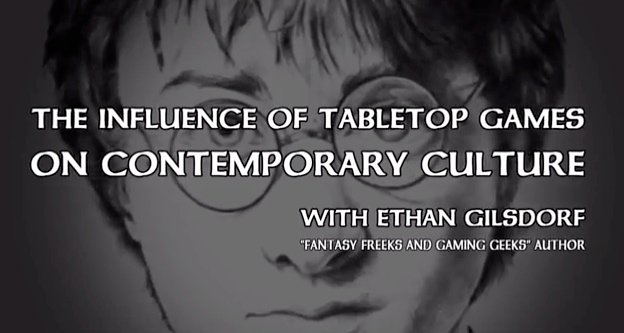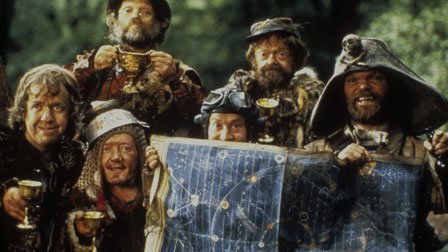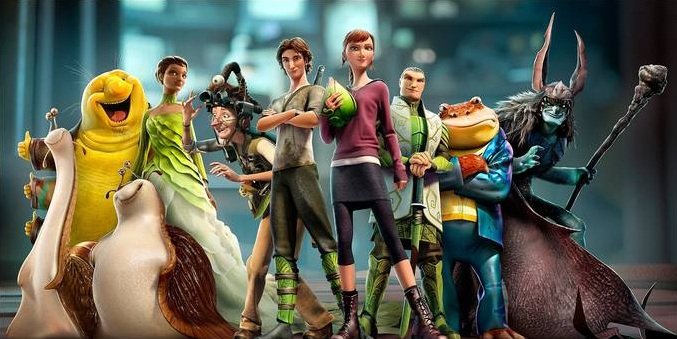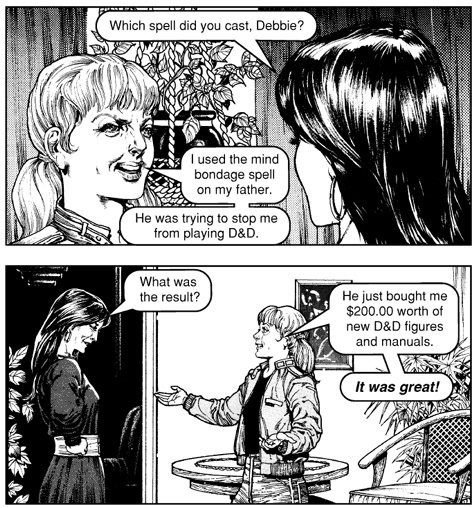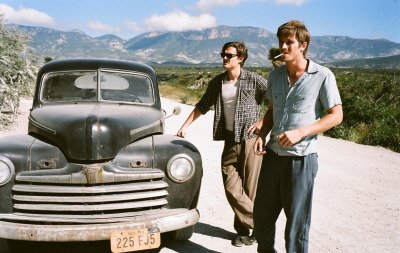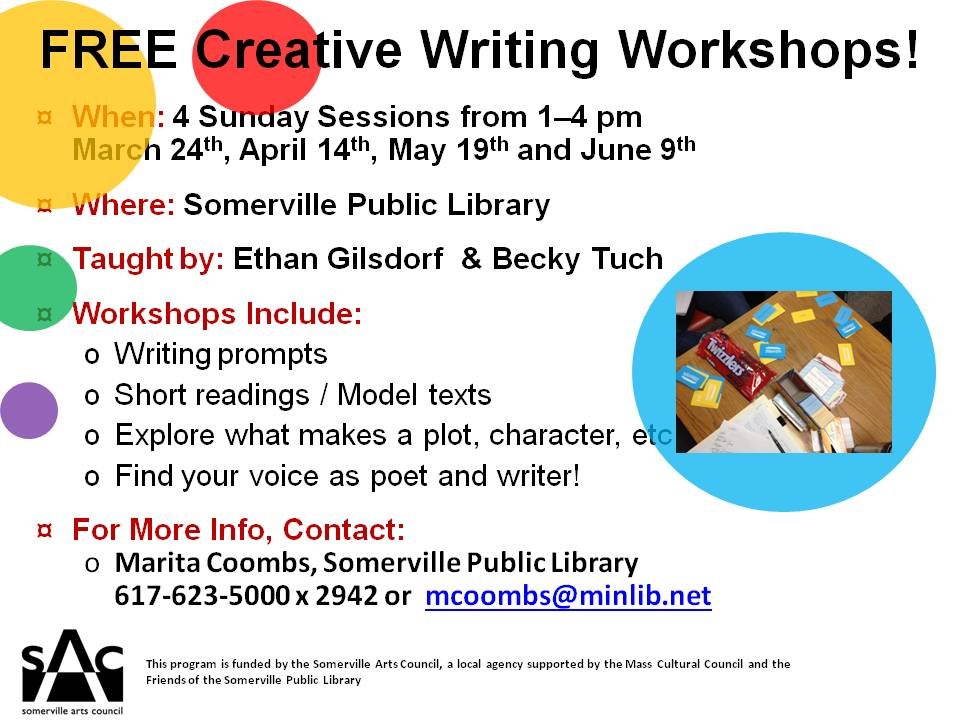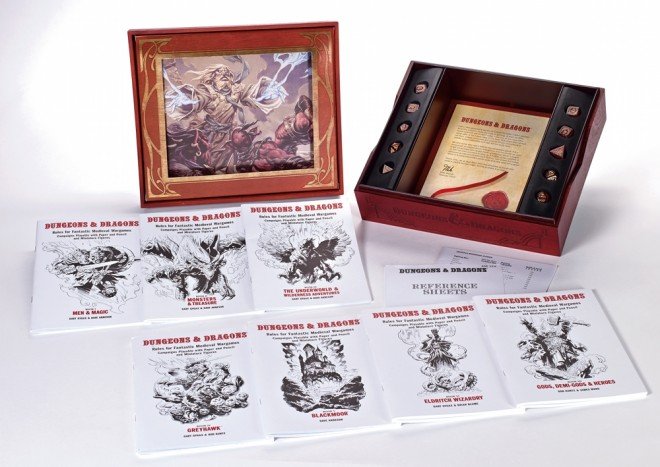
by Ethan Gilsdorf
Dungeons & Dragons (D&D) may be approaching its 40th birthday next year, and rapidly losing younger players to the irresistible eye-candy of digital gaming. But in one particular sector, the role-playing game business is still booming: Older gamers like me.
I grew up playing D&D, religiously, back in the Reagan Administration. My original "Monster Manual," "Dungeon Master Guide" and sack of polyhedral dice are still precious to me. Lucky for me, I hung onto my trove of rule books that were still covered with a layer of Cheetos dust. Other old-school games weren't so lucky. ("Thanks, Mom, for giving my stuff to Goodwill when I went off to college!") Now all grown up, and sometimes with children of their own, these gamers miss that place that face-to-face dice-rolling and storytelling experience played in their lives.
But fear not, old-school roleplaying games (RPGs) are back, one reissue at a time.
Wizards of the Coast (WotC), the company that owns the D&D brand, has embarked on a new campaign in the past year to recapture older gamers whose magic-users and paladins slayed many an orc and beholder and pillaged many a graph-paper-charted land. All year longWotC has been reprinting new editions of ancient tomes from the heyday of tabletop role-playing games. On November 19, the granddaddy of them all arrives: a deluxe edition of The White Box, the original D&D set (aka OD&D) first published by Tactical Studies Rules, or TSR, Inc, back in 1974. (In a Wired.com exclusive, a new photo of the final product prototype is pictured here.)
The White Box "was the very first roleplaying game, introducing concepts that have persisted throughout later editions," said Liz Schuh, director of publishing and licensing for D&D. "Many of our players have strong emotional connections to our classic products."
They better. This new White Box retails for $149.99.
All this nostalgia comes as D&D hits "middle age." In 2014, D&D, the first-ever commercially-available role-playing game, turns 40. Next year also brings (barring any delays) the release of the game's next iteration, D&D Next.
Is all this product retread a crass commercial move on the part of WotC, or a genuine desire to re-connect gamers in their forties, fifties and even sixties to their beloved dungeon-crawls pasts?
Whatever the interpretation, this is some powerful Spell of Nostalgia that WotC is casting. Go ahead, resist. Roll a saving throw versus
The campaign began last year, with new limited-editions of the 1st Edition rulebooks: the beloved AD&D "Monster Manual" (1977), "Player's Handbook" (1978), and "Dungeon Master’s Guide" (1979). Then, in January, WotC launched dndclassics.com, a site allowing oldbies to download in PDF format hundreds of forgotten and out-of-print gaming products, from the legendary 1978 module D3: Vault of the Drow to a 1981 edition of the D&D Basic Rulebook. Also released earlier this year: two volumes of compilations of classic adventures including one called "Dungeons of Dread" that features favorites like "Tomb of Horrors" and "Expedition to the Barrier Peaks." Second edition core rulebook "Premium" reprints came out in in May. Of course, official D&D merch --- from T-shirts, belts and iPhone cases --- is also being hawked. All of these products are replicated down to the last "to hit" chart and goofy drawing of kobolds, and gelatinous cubes (just testing you: gelatinous cubes are invisible).
That "White Box" facsimile set includes the original three OD&D booklets (Men & Magic; Monsters & Treasure; Underworld & Wilderness Adventures) plus the four supplements (Greyhawk; Blackmoor; Eldritch Wizardry; Gods, Demi-Gods & Heroes); a packet of "reference sheets"; and 10 funky-looking (but not historically accurate) dice. In a nod to the OD&D's original brown wood-grain cardboard box, it's all housed in a fancy engraved wooden case. The booklets' interior art looks the same, but the box's cover modern fantasy art (see photo) might annoy purists.
Original "white box" sets are rare, and can sell for $500 or more on eBay. With the reprints, anyone can own a piece of D&D history. Sort of.
Game designer James M. Ward, a veteran TSR employee who wrote the games Gamma World and Metamorphosis Alpha, and co-authored the core rulebook Deities & Demigods, took a more skeptical view towards WotC's decision to release items from the game's golden age. "Just think of the profit for releasing something they didn’t have to pay for or edit," Ward said. "It’s a move to make lots of money considering consumers are really liking the idea of old style material."
From the tabletop resurgence that’s been happening over the past few years, it’s clear that older gamers miss the dice-rolling and face-to-face interaction of an analog dungeon crawl. Even the the original TSR brand had been rebooted (not by Gygax's heirs or Wotc) and has released a publication, aptly named Gygax Magazine, in the spirit of the old Dragon and White Dwarf magazines. GenCon, Pax and Pax East prove there's an audience for non-digital entertainment. Older school-style RPGs such Pathfinder, from rival company Paizo Publishing, routinely outsells the last version of the D&D, the much-maligned 4th edition, released in 2008.
This "Old School Renaissance" is a welcome resurgence for people like Tim Kask, the first employee TSR ever hired and former editor of "Dragon" magazine. Kask and other older gamers maintain that newer iterations of D&D stripped out all the fun. "The game got so tabulated and charted that people forgot to ask questions," he said. "I think what has been ruled to death is that sense of wonderment, of not exactly knowing what is around the next corner."
So it makes sense that WotC also hopes some of the gamer will find their way back to a purer form of D*&D -- namely, the storytelling and mystery. "When you lose that, roleplaying," Kask said, D&D "becomes just killing at the zoo.”
If Wizards of the Coast wants to take old gamers like me on a journey down memory lane -- or back into memory's dungeon -- I can't complain. Maybe I'll never play that fancy White Box edition. In fact. I'm pretty wedded to my AD&D rule set from the 1980. But just to hold these new/old tomes, and flip through them, and roll the dice again ... Ahhh. Gary Gygax and Dave Arneson, D&D's co-creators, may be dead, but their legacy of Doritos-eating, dice-rolling and bantering around some basement table lives on. Hopefully, with these D&D reissues, enough younger players will also find their way to that experience.
So even if your original DM's Guide got tossed back in the Reagan Administration, you can game again, and play whatever version of D&D you like.
"From my way of thinking," James M. Ward said, "nothing was lost."
[A version of this post appeared on Wired.com 09.24.13 as "At Nearly 40 Years Old, the Original D&D Gets a New Deluxe Edition"]

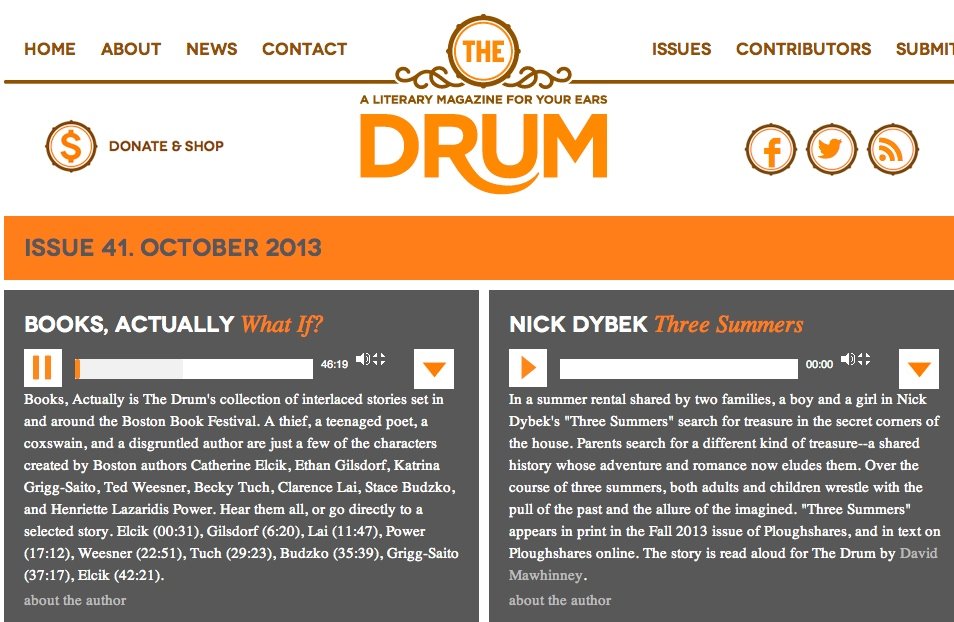



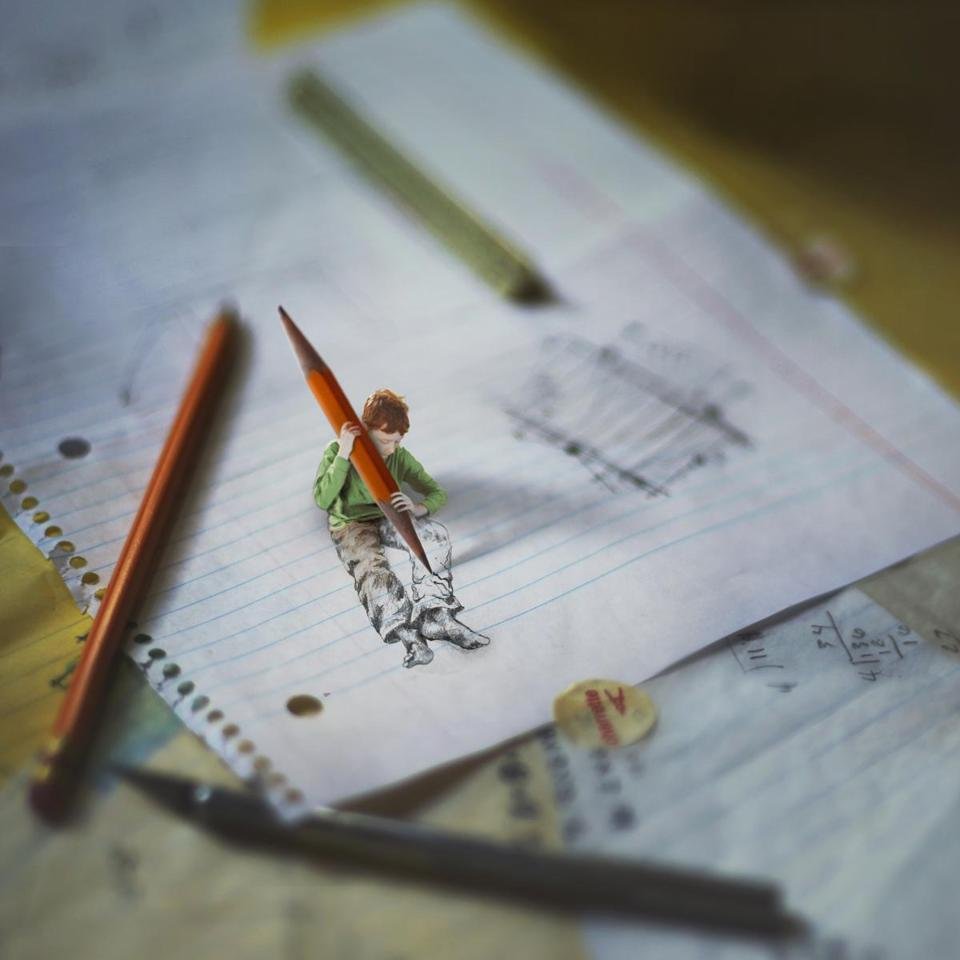
-5.jpg)
